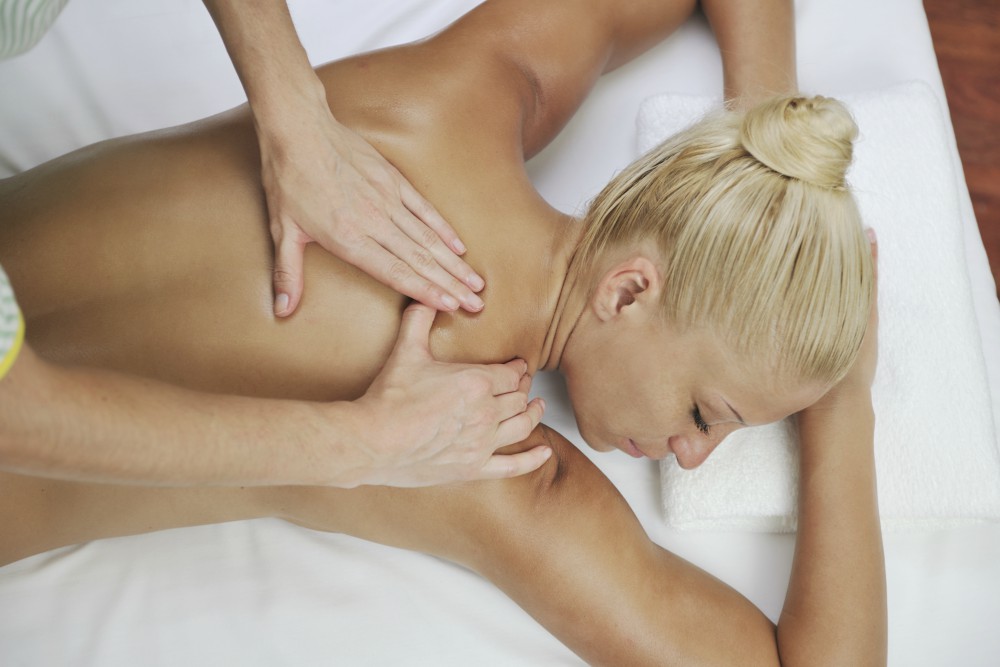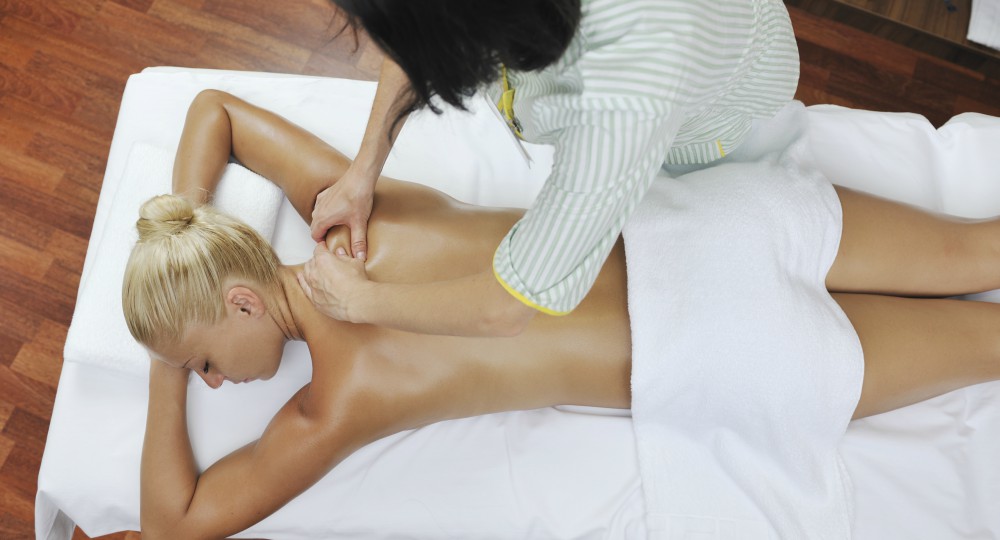Your Remedial Massage Richmond NSW retreat
At Essential Bliss our remedial massage therapists will use a range of techniques to enhance your recovery and/or provide a relaxing experience. Your remedial massage Richmond NSW therapist has a sound knowledge of anatomy and physiology to provide a treatment to help with specific problems. Techniques may include soft tissue and deep tissue work with stretches, therapeutic exercises and some acupressure.
Conditions treated;
Remedial massage may help with sports related injuries, back and neck problems, headaches, stress, anxiety and digestive issues. Remedial massage helps increase range of motion and increase circulation and lymphatic drainage.
Experienced practitioners at our Remedial Massage Richmond NSW retreat
Your practitioner, in addition to being competent in the manual techniques, understands human Anatomy & Physiology, pathology & psycho-social issues, and will apply this knowledge when treating you. An understanding of the function of soft tissues is paramount to a successful treatment. The skilled practitioners at our Remedial massage Richmond NSW retreat will have a planned approach to your treatment from a cellular level.
Importance of a consultation.
Your treatment will be determined by your consultation and modified to suit the needs of the individual and adapted in the light of the individual response to it.
Remedial Massage Richmond NSW is a;
A deep remedial massage by a skilled practitioner to aid in the body’s return to optimal health after injury. Remedial massage can be used to treat strains, sprains, bruising, injuries where the skin is in tact. Deep tissue massage removes blockages, damaged cells, scar tissue and adhesions left after injury. Remedial massage Richmond speeds up recovery and encourages more complete healing. Remedial massage is often a muscle specific treatment, relating to your particular concerns. Remedial Massage Richmond NSW is also helpful to treat lifestyle injuries eg repetitive strain injury.
Treatment aim for an injury;
To encourage weak and disorganised scar tissue into fully functional and normal tissue as soon as possible.
To increase mobility, strength and flexibility by progressively increasing normal use and loading. For this to be achieved we understand this requires repeated stretching and specific exercises or the scar tissue will start shortening. We will prescribe after care exercises to aid in the rehabilitation process.
How to tell if your really getting a remedial massage
You should always have a consultation with your remedial massage practitioner, treatments should be muscle specific, no one treatment should be the same as the next, your treatment needs to be determined on the day for your presenting condition. At our remedial massage Richmond NSW retreat we only have Diploma qualified practitioners. Your practitioner needs to have a very sound knowledge of your musculoskeletal system. If your massage is the same each time you go, it is just a relaxation massage and not a remedial massage treatment.
Techniques used by our remedial massage practitioners are;
Myofascial release (MFR)
Myofascial release is a gentle, slow technique that focuses on releasing tight and short muscles. It can be effective where flexibility and function has been lost from an injury. Myofascial release can be used on virtually any soft tissue area.
Soft tissue release (STR)
Soft tissue release is an effective technique on targeted muscles and connective tissue. It combines active and passive stretches with pressure and/or massage over or with the muscle fibres. The goal is for the muscles to spontaneously release at the injury by appealing to the autonomic nervous system. Resulting in reorganising of the scar tissue and targeted muscles.
Contract Relax Agonist (Antagonist) Contract CRAC and Proprioceptive Neuromuscular Facilitation PNF stretching
Refers to a group of advanced stretching techniques that use active muscle contraction to assist the stretch. PNF and CRAC stretching is considered to be the most effective way to quickly and safely gain flexibility. It can significantly increase joint range of motion (ROM) and develops muscular strength and neuromuscular control.
How to perform a Contract relax (CR) stretch The muscle to be stretched is passively taken to the end of range by the therapist.
The client contracts the muscle group being stretched for 7 seconds, the therapist applies enough pressure to resist any movement (the 7 second contraction allows autogenic inhibition to occur). The client relaxes the muscle for a few seconds, therapist applies a slow, static stretch to a new point of limitation and holds for 15 – 30 seconds, continue to repeat the process.
How to perform a Proprioceptive Neuromuscular Facilitation PNF stretch is a more advanced form of flexibility training used in a clinical setting or by the more educated athlete. It involves first stretching the muscles followed by contraction of the muscle group being targeted. PNF stretching usually results in a higher degree of flexibility and increased range of motion but does need to be used with some care. PNF stretching has been used as a very effective form of rehabilitation.
Contract Relax Agonist (Antagonist) Contract CRAC stretching
Proprioceptive Neuromuscular Facilitation (PNF) including CRAC stretches – increase ROM by inducing muscle relaxation through spinal reflex mechanisms.
How to perform a CRAC stretch
The client stretches the target muscle/group to a maximum painless stretch,
position yourself against the client so resistance can be offered for an isometric contraction of the stretched muscle. The contraction should build up gradually to about 10% of effort. The client should not experience pain and should breathe throughout the entire process. The isometric contraction is held for 7 seconds (count out aloud so client is aware of how long the contraction has to be held) the client relaxes the contraction and takes a deep breath in and out.
The client then contracts the opposing muscle and moves into an active deeper stretch; therapist follows the movement but does not initiate it.
reposition yourself to offer resistance to the muscle at its newly achieved stretched length
repeat the process 2 to 3 times (ask the client if a repeat is necessary)
after the stretch repeat the new ROM movement passively and have the client move it actively to educate the brain that new pain free ROM is available
Simplified example of a CRAC stretch
Stretch: the therapist takes the target muscle to a comfortable stretch,
Contract: the client contracts the target muscle against resistance supplied by the therapist,
Relax: client relaxes the target muscle and takes a deep breath in and out,
Antagonist : client uses the antagonist of the target muscle,
Contract: client contract the antagonist and thus further stretches the target muscle.
We’re registered allowing you to claim through 52 insurance companies.
We also offer sports massage please see our sports massage page.


